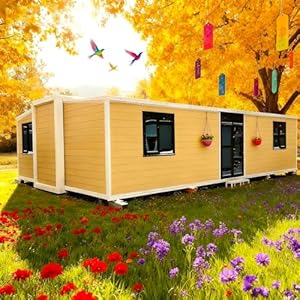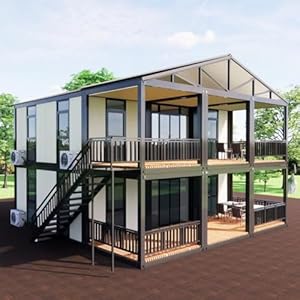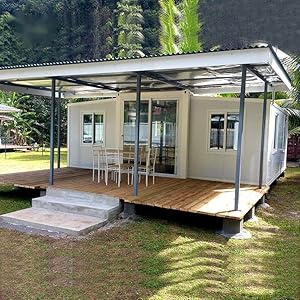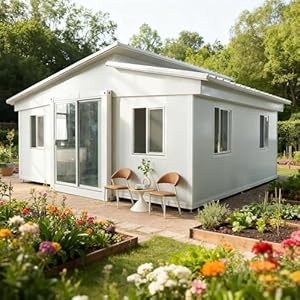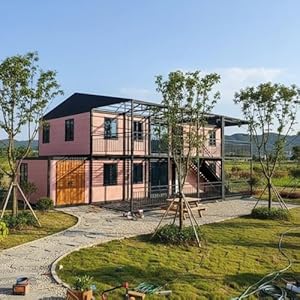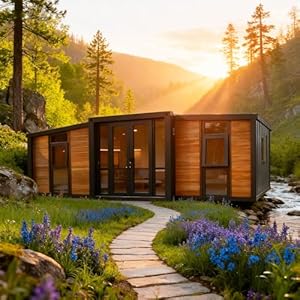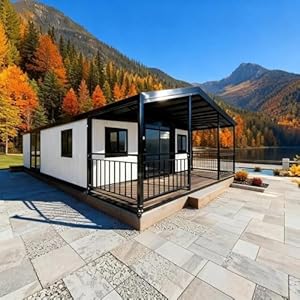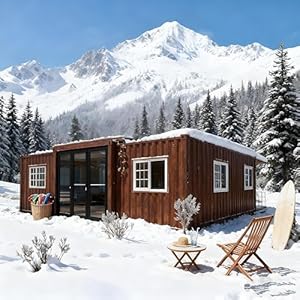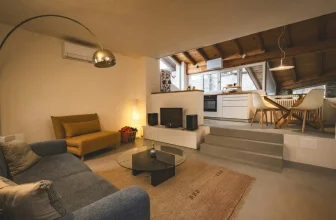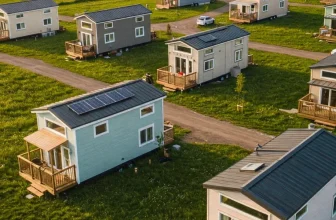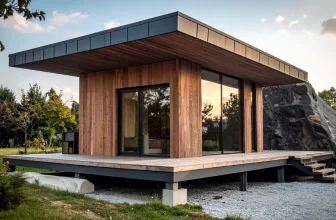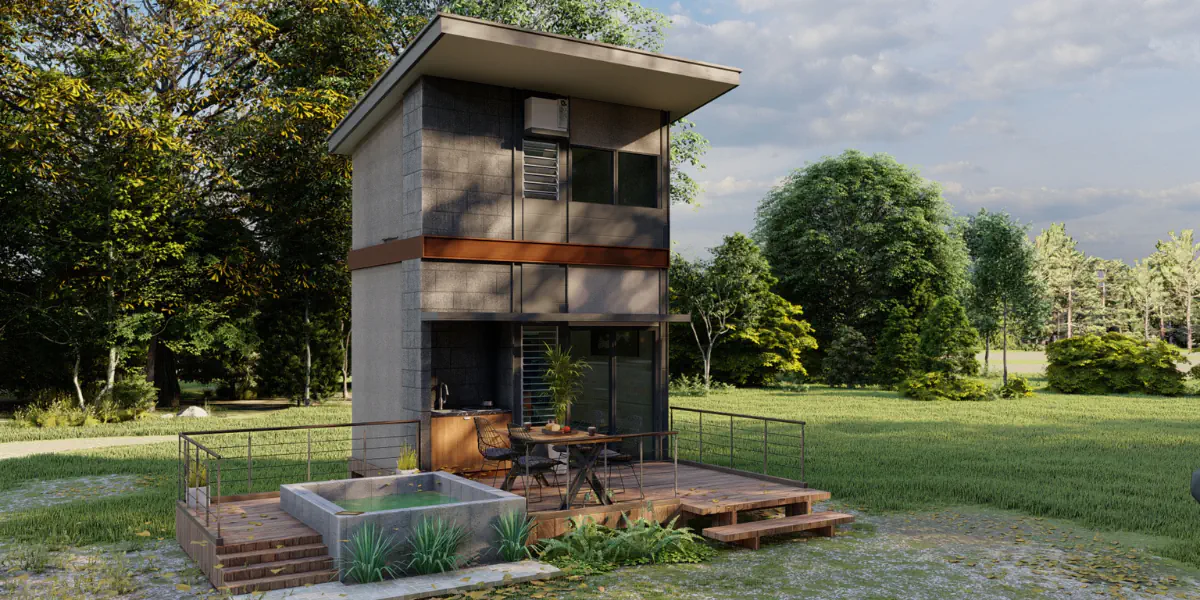
Are prefab tiny homes a viable option for off-grid living? You might find their compact design appealing, especially when considering energy efficiency and sustainability. These homes often come equipped with features that encourage self-sufficiency. Yet, they also present some unique challenges. What do you need to know about practicality, space, and potential limitations before making a decision? Let’s explore these aspects to see if they’re the right fit for your off-grid aspirations.
Benefits of Prefab Tiny Homes for Off-Grid Living
When you consider going off-grid, prefab tiny homes offer several compelling benefits that make the transition easier. First, their compact size means lower construction costs and less time spent building. You can often move in sooner, allowing you to embrace your off-grid lifestyle without delay.
They’re also designed for efficiency, maximizing usable space while minimizing waste. Additionally, prefab homes can be customized to suit your specific needs, whether you want extra storage or unique layouts.
Their portability allows you to relocate if necessary, giving you flexibility in your off-grid journey. Finally, many prefab tiny homes utilize sustainable materials, aligning perfectly with your goal of living a more environmentally conscious life.
Embracing prefab tiny homes makes off-grid living accessible and practical.
Energy Efficiency and Sustainability Considerations
While considering energy efficiency and sustainability, prefab tiny homes stand out for their innovative designs and eco-friendly materials.
These homes often incorporate high-quality insulation, which minimizes energy loss and helps maintain comfortable temperatures year-round. You’ll find solar panels and rainwater harvesting systems integrated into many models, allowing you to harness renewable energy and manage resources effectively.
Additionally, the compact size of tiny homes means lower energy consumption overall, making them a smart choice for off-grid living. By using sustainable materials like reclaimed wood and recycled steel, you reduce your environmental footprint.
Choosing a prefab tiny home not only supports a sustainable lifestyle but also encourages responsible living practices that benefit the planet.
Practicality and Space Utilization
Since prefab tiny homes are designed with efficiency in mind, they maximize every square inch of space for practicality and usability.
You’ll find clever storage solutions, like built-in shelves and multi-functional furniture, that help you keep your living area organized. Each room flows seamlessly into the next, creating a sense of openness that counters the limited square footage.
In the kitchen, compact appliances save space while still allowing you to cook comfortably. The bathroom often features space-saving fixtures, ensuring you have everything you need without feeling cramped.
When you choose a prefab tiny home, you’re not just saving space; you’re embracing a lifestyle that encourages minimalism, making it easier to live off the grid without sacrificing comfort or functionality.
Challenges and Limitations of Off-Grid Prefab Homes
Though off-grid living in a prefab tiny home offers many advantages, it also comes with its own set of challenges and limitations. You’ll need to consider the availability of resources like water and energy, as these homes often rely on solar panels and rainwater collection systems.
Maintenance can be tricky, especially in remote locations where access to repairs is limited. Additionally, zoning laws and building codes may restrict where you can place your tiny home, complicating your plans.
Storage space is often minimal, requiring you to downsize and prioritize essentials. Lastly, the initial cost of a prefab tiny home can be high, and you might face difficulties in financing if you’re aiming for off-grid independence.
Conclusion
Prefab tiny homes can be a fantastic choice for off-grid living. They blend energy efficiency and sustainability, making them perfect for a minimalist lifestyle. While you might face challenges like limited storage and maintenance in remote areas, the benefits often outweigh the drawbacks. With the right planning, you can enjoy a comfortable, self-sufficient life in a compact space. Embracing this lifestyle could be the change you need to connect more with nature and simplify your life.
Trending Products

